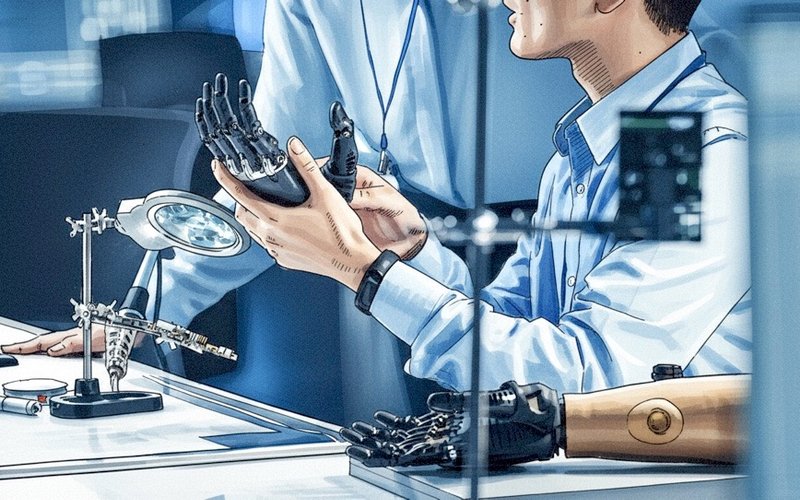dorsaVi (ASX: DVL) has achieved a technical breakthrough in the evaluation of its robotic RRAM reflex platform, demonstrating that memory is no longer the bottleneck in achieving biological-grade reflexes.
The platform has shown itself capable of delivering high-level reflexes faster than the human nervous system with minimal energy use.
Testing also confirmed that intelligence is no longer constrained to central processors, with RRAM (resistive random-access memory) decision-making occurring directly in the fabric of the platform, enabling faster and more adaptive reflexes.
Best-in-Class Benchmarking
dorsaVi benchmarked its platform against best-in-class digital edge AI systems, highlighting a step-change in latency and energy consumption.
The comparative analysis made it clear that RRAM reflex technology could surpass current digital edge AI and redefine design rules for robotics and human-machine systems, demonstrating a thousandfold improvement in response times that could mean the difference between stability and failure in the real world.
At the core of the evaluation was a compact two-layer neural network model that mimics a biological reflex arc, ingesting 128 tactile and thermal features from a robotic “skin” and processing them through 32 hidden neurons.
The model output four direct reflex commands — release grip, tighten grip, stabilise wrist and recoil from heat — to deliver safety-critical responses instantly at the “skin and joints”, completing more than 4,000 computations in real time within the RRAM fabric, without reliance on central processing.
Next-Gen Biomedical Robotics
dorsaVi chairman Gernot Abl considered the validation program to be a pivotal milestone.
“We have proven that reflex-grade intelligence can be achieved at sub-microsecond latency and nanojoule energy levels, positioning RRAM not simply as a memory, but as the nervous system for next-generation robotics and biomedical systems,” he said.
Mr Abl said that, while digital edge AI would remain critical for high-level reasoning, the compute-in-memory functionality RRAM enables could deliver reflex intelligence at the speed of nature, which is beyond the limitations of silicon logic.
The advantages translate into practical outcomes such as robotic grippers that can release fragile objects before damage occurs, prosthetic limbs that recoil from excessive heat and force to protect wearers, and a distributed “nervous system” with RRAM reflex tiles embedded across skins and joints that allows for local and autonomous reflexes, reducing dependence on central processors and conserving system power.
